Citation:
| REPRINT | 1.67 MB |
Abstract:
Butterflies in the genus Heliconius have undergone rapid adaptive radiation for warning patterns and mimicry, andare excellent models to study the mechanisms underlying diversification. In Heliconius, mimicry rings typicallyinvolve distantly related species, whereas closely related species often join different mimicry rings. Genetic andbehavioural studies have shown how reproductive isolation in many pairs of Heliconius taxa is largely mediatedby natural and sexual selection on wing colour patterns. However, recent studies have uncovered new cases inwhich pairs of closely related species are near-perfect mimics of each other. Here, we provide morphometric andgenetic evidence for the coexistence of two closely related, hybridizing co-mimetic species on the eastern slopes ofthe Andes, H. melpomene amaryllis and H. timareta ssp. nov., which is described here as H. timareta thelxinoe.A joint analysis of multilocus genotyping and geometric morphometrics of wing shape shows a high level ofdifferentiation between the two species, with only limited gene flow and mixing. Some degree of genetic mixing canbe detected, but putative hybrids were rare, only one of 175 specimens being a clear hybrid. In contrast, we foundphenotypic differentiation between populations of H. timareta thelxinoe, possibly indicative of strong selection forlocal mimicry in different communities. In this pair of species, the absence of breakdown of genetic isolation despitenear-identical wing patterns implies that factors other than wing patterns keep the two taxa apart, such aschemical or behavioural signals, or ecological adaptation along a strong altitudinal gradient. © 2013 The LinneanSociety of London, Biological Journal of the Linnean Society, 2013
Notes:
doi:10.1111/bij.12091
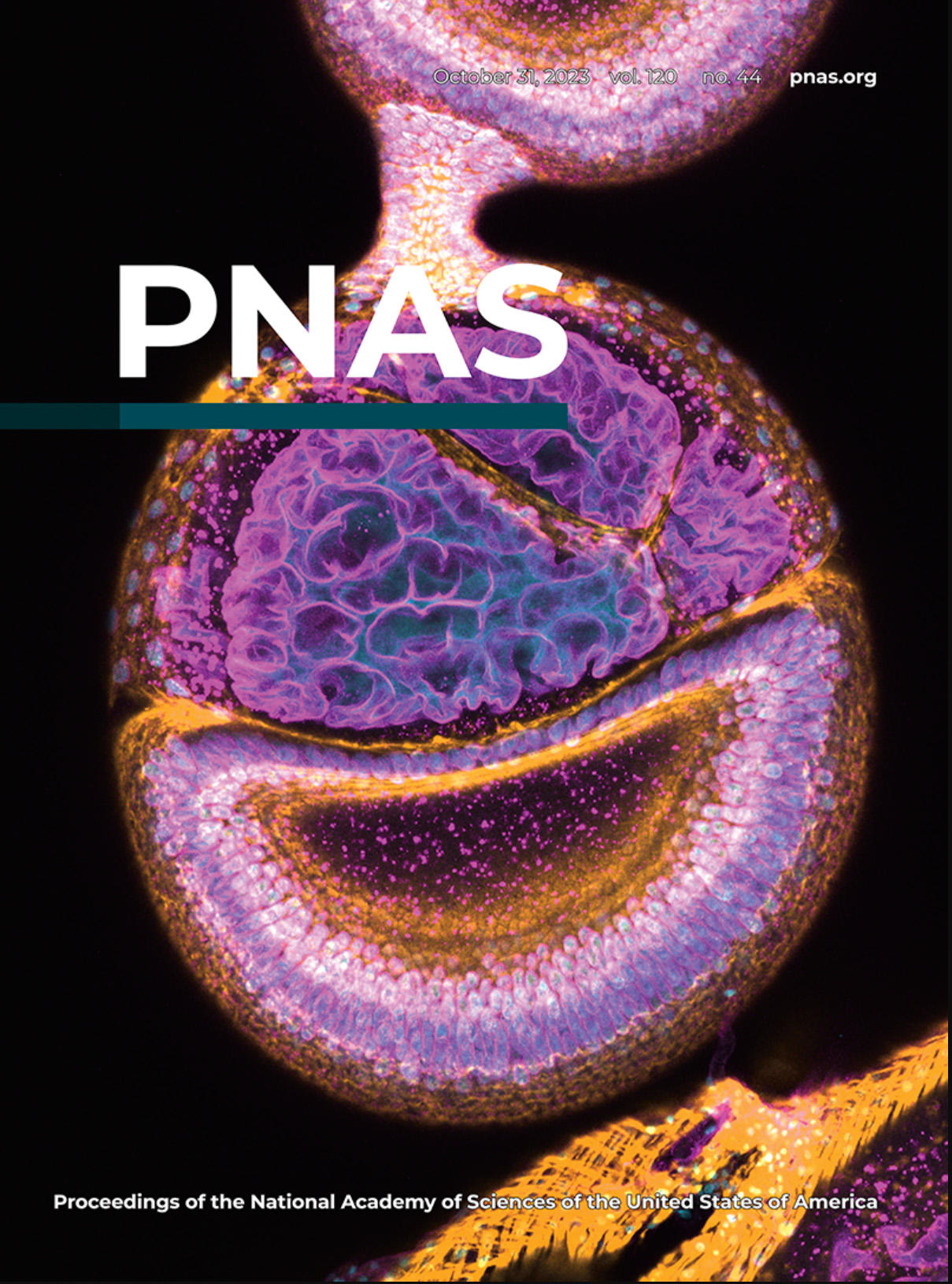
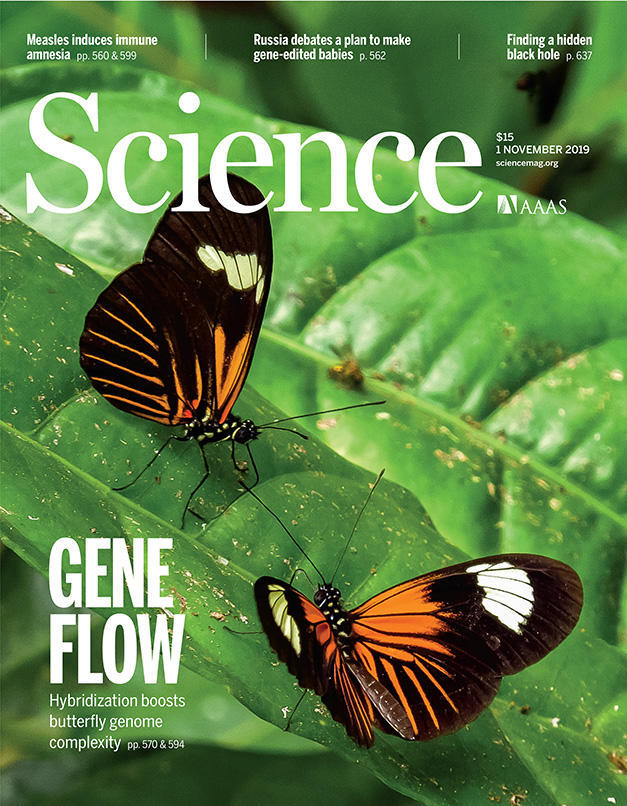
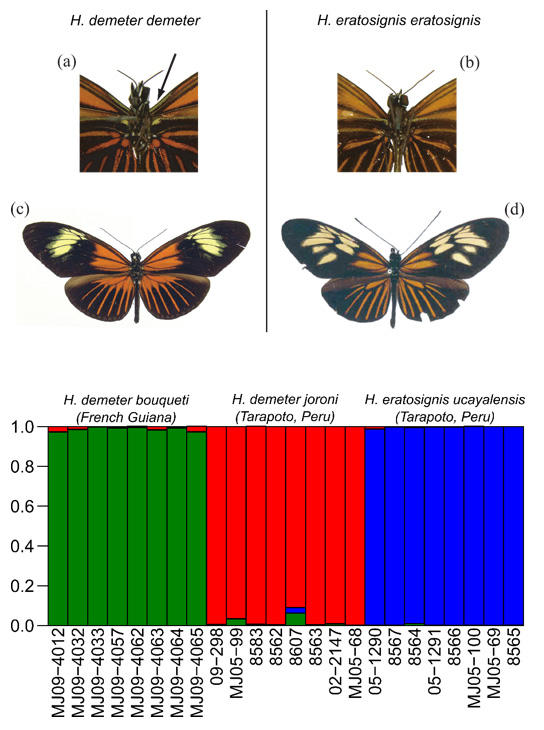

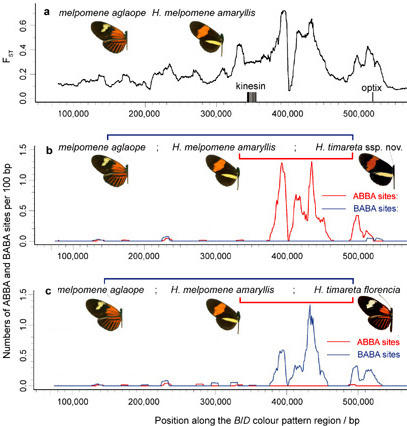
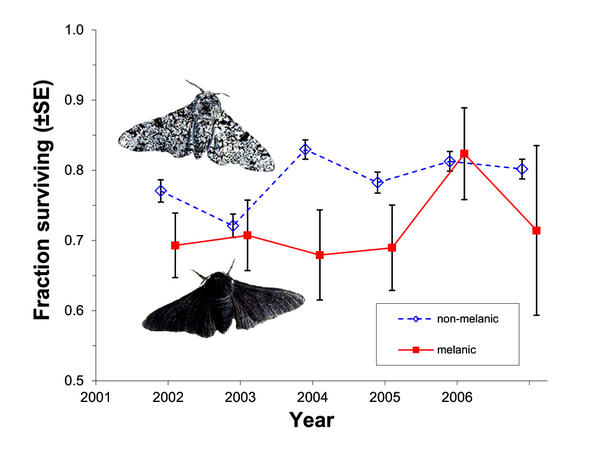 Selection against melanism in UK after the Clean Air Act.
Selection against melanism in UK after the Clean Air Act.